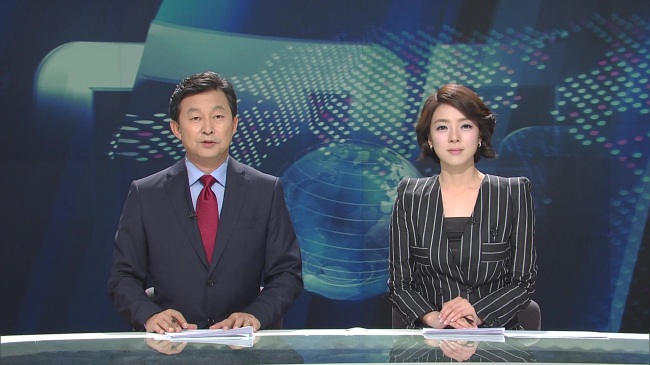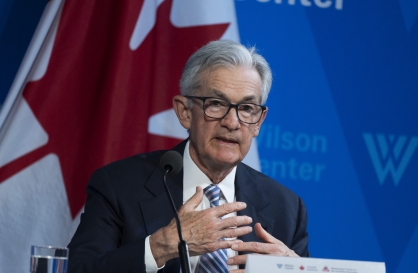Sexism is still prevalent in both TV and print journalism in South Korea, according to a number of studies released by a local think tank.
According to the studies, which monitored a total of nine TV channels and their daily news shows from Aug. 1-8, male hosts were four times more likely to open the shows by delivering the first news segment of the programs compared to their female counterparts.
Also, male anchors in general were significantly older -- on average by 10 to 20 years -- than female anchors. Among the 18 male anchors working for the news shows for the nine channels, including KBS, MBC and YTN, four of them were in their 30s, eight in their 40s and six in their 50s. None were in their 20s.
According to the studies, which monitored a total of nine TV channels and their daily news shows from Aug. 1-8, male hosts were four times more likely to open the shows by delivering the first news segment of the programs compared to their female counterparts.
Also, male anchors in general were significantly older -- on average by 10 to 20 years -- than female anchors. Among the 18 male anchors working for the news shows for the nine channels, including KBS, MBC and YTN, four of them were in their 30s, eight in their 40s and six in their 50s. None were in their 20s.

However, eight female hosts hired by the nine broadcasters were in their 20s, the second largest number of any age group. Nine of them were in their 30s while only one of them was in her 40s. None of the women were in their 50s.
“The age difference gives the male anchors more authority as they have more experience and more expertise,” said a researcher at the Korean Institute of Gender Equality Promotion and Education, the think tank that released the studies.
“We never see a female anchor in her 50s paired up with a male anchor in his 20s. The age difference between male and female anchors gives an impression that women hosts are only doing supportive, complementary roles while their male counterparts are the ones who are delivering the ‘important’ news.”
The studies also discovered that male TV reporters in general appeared more on shows than their female counterparts. Among a total of 966 TV news reports aired by the nine channels, 64 percent were reported by male reporters. The studies also found that while most male reporters were in charge of covering politics, economy and social affairs, many female reporters were placed to cover life or cultural events.
Also, among some 1,141 individuals interviewed for the TV news programs, 30 percent of them were women. In particular, women only accounted for about 10 percent of the interviewees considered as experts, such as lawyers, university professors or scientists.
The think tank also monitored a total of six daily newspapers, including the Chosun Ilbo, JoongAng Ilbo and the Kyunghyang Shinmun, in August. The study found that among a total of 1,209 stories published by the papers, only 7.8 percent of them were about women’s issues. Also, among a total of 66 contributing writers for the papers, only 15.2 percent were women.
“Some of the reasons why there is so little coverage on women’s issues while there are still so few women who work as contributing writers have to do with the general social perception that does not value women’s experiences and their expertise,” said Kim Ha-ing, president of the KIGEPE, through a statement. “And in order to bring changes to this general perception, the role of the media is crucial. We need equal coverage on the experiences of both genders.”
By Claire Lee (dyc@heraldcorp.com)









![[Today’s K-pop] BTS pop-up event to come to Seoul](http://res.heraldm.com/phpwas/restmb_idxmake.php?idx=644&simg=/content/image/2024/04/17/20240417050734_0.jpg&u=)
![[Graphic News] More Koreans say they plan long-distance trips this year](http://res.heraldm.com/phpwas/restmb_idxmake.php?idx=644&simg=/content/image/2024/04/17/20240417050828_0.gif&u=)





![[KH Explains] Hyundai's full hybrid edge to pay off amid slow transition to pure EVs](http://res.heraldm.com/phpwas/restmb_idxmake.php?idx=652&simg=/content/image/2024/04/18/20240418050645_0.jpg&u=20240419100350)

